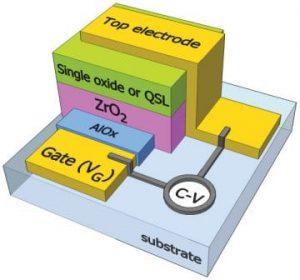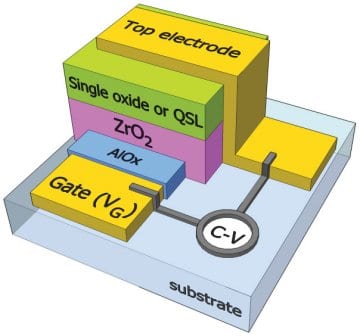 Thin-film transistors (TFTs) based on transparent metal oxide semiconductors represent an emerging technology that promises to revolutionize large-area electronics due to the high carrier mobility, optical transparency, mechanical flexibility, and the potential for low-temperature processing. The electron mobility is the most important figure of merit for any transistor technology and normally depends on the intrinsic properties of the semiconducting material employed.
Thin-film transistors (TFTs) based on transparent metal oxide semiconductors represent an emerging technology that promises to revolutionize large-area electronics due to the high carrier mobility, optical transparency, mechanical flexibility, and the potential for low-temperature processing. The electron mobility is the most important figure of merit for any transistor technology and normally depends on the intrinsic properties of the semiconducting material employed.
Thomas Anthopoulos and co-workers (Imperial College London, UK) now present a totally new concept of solution-processed metal oxide quasi-superlattice (QSLs) transistors. These QSL consist of alternating layers of In2O3, Ga2O3, and ZnO grown by sequential spin casting of different precursors in air at low temperatures (180–200 °C). Remarkably, they found that when the QSLs are incorporated as the active channels in TFTs, the electron mobility is enhanced by approximately one order of magnitude and the charge transport becomes temperature independent resembling band-like conduction. This is the first time that this is observed in solution-processed oxide transistors. The unique combination of low-cost, low-temperature processing with the exceptionally high electron mobility achieved can potentially fulfill the ever increasing demand for high-performance thin film transistor technologies across a wide range of applications spanning from next-generation ultra-high-definition optical displays to future generations of transparent electronics.
Read the whole research article now in the latest issue of Advanced Science.
Advanced Science is a new journal from the team behind Advanced Materials, Advanced Functional Materials, and Small. The journal is fully Open Access and is free to read now at www.advancedscience.com.

















